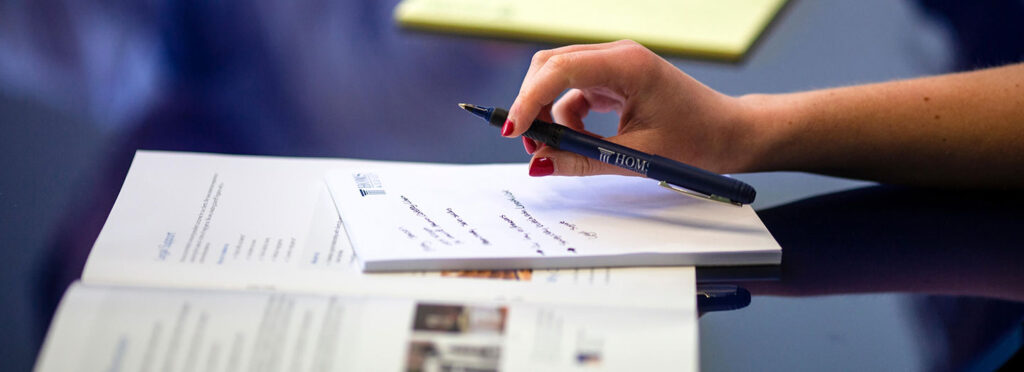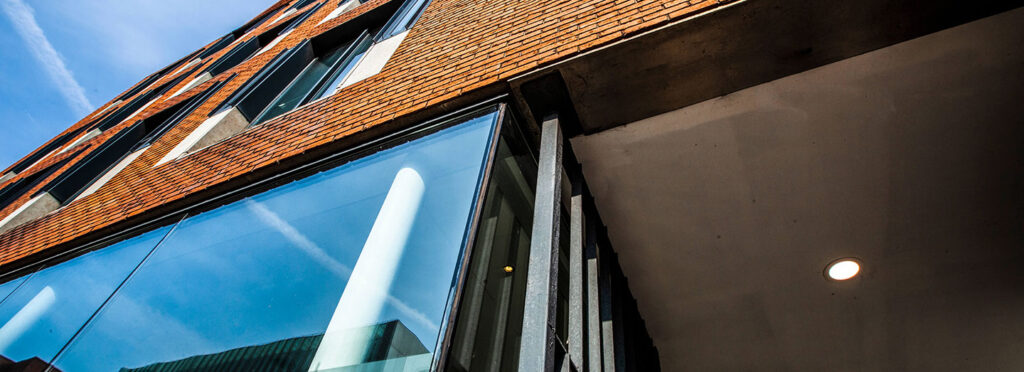What to Do in Case of a Road Traffic Accident
Being involved in a road traffic accident can be overwhelming, but it’s crucial to keep calm and take the necessary steps to protect yourself and maximise the chances of receiving compensation for any damages or injuries sustained.
- Seek medical help: Prioritise the wellbeing of yourself and others; get medical attention promptly if needed.
- Gather evidence: Acquire as much pertinent information as you can, such as contact details of the involved parties, witnesses, and emergency responders. Capture photos or dashcam videos of the scene and keep receipts of any repairs.
- Inform the authorities: Notify the Gardaí about the accident as soon as possible.
- Contact your insurer: Get in touch with your insurance provider to report the incident.
- Consult a solicitor: Enlist the help of a legal professional experienced in handling road traffic accident cases.
Taking appropriate actions after a road traffic accident can significantly impact the outcome of any claims and the recovery process.
Car Accident Claims
In cases where individuals experience injuries in a vehicle incident, either as a driver or passenger, it’s possible to make a claim against the responsible party. Various types of road traffic accidents such as rear-end collisions, head-on collisions, accidents under the influence of drugs, or distracted driving could result in claims. To pursue the claim, seek appropriate advice and initiate the process.
Taxi Accident Claims
Actions to Undertake After a Taxi Accident
- Seek medical care for any injuries sustained.
- Gather essential information from the accident scene, such as the other party’s contact and insurance details, photographs of the scene, and witness information.
- Report the accident to the Gardaí.
- Inform your insurance provider about the incident.
- Consult a qualified solicitor to help with potential claims for taxi accidents, such as head-on collisions, side-impact collisions, or incidents involving pedestrians and cyclists.
Bus Accident Claims
Accidents involving buses can be particularly severe due to the size of the vehicle and the number of individuals involved. Those who have experienced a bus accident might be eligible to make a claim.
Passenger Claims in Bus Accidents
Passengers are seldom responsible for bus accidents. When claiming for injuries as a passenger, the claim is typically made against the bus company if the bus driver is found to be at fault, or against the driver of the negligent vehicle involved in the collision.
Driver Claims in Bus Accidents
For drivers injured in a bus accident, the claim process resembles that of any other road traffic accident. Aside from exchanging contact and insurance information with the other parties, it is crucial to document the accident’s date and time, the involved bus company’s name, the bus route number, and the vehicle registration.
In both speeding and bus accident scenarios, claiming compensation may help alleviate the physical and emotional impacts brought on by the incident. It is crucial to follow the appropriate procedures and seek legal advice when necessary to obtain a fair outcome.
Bicycle Accident Claims
Ways to Prevent Bicycle Accidents
Cyclists are prone to road traffic accidents, with the leading cause being collisions with cars or other vehicles. Other reasons can be falling off due to potholes, loose stones, or avoiding obstacles. To reduce the risk of accidents and possible injury or death, follow the safety tips mentioned below:
- Wear a helmet: A well-fitting helmet can provide vital protection.
- Be visible: Donning reflective clothing and attaching reflectors or lights to your bike makes you more visible to others, even during daytime use.
- Follow traffic rules: Adhere to traffic lights, rights of way, and other road regulations.
- Maintain your bike: Ensuring your bicycle is in good condition is essential.
- Exercise caution in harsh weather: In wet, windy, or icy conditions, ride with extra care.
Consult your solicitor as soon as possible after a bicycle accident to assess your entitlement for making a claim.
Pedestrian Accident Claims
Ways to Prevent Pedestrian Accidents
Being a pedestrian involves certain risks, as they are considered vulnerable road users. Pedestrian accidents can be severe and cause significant distress to the individual. Compensation for such incidents may cover physical and psychological damages, provided the pedestrian is not at fault.
Common causes of pedestrian accidents may occur in both rural and urban settings, with the primary reason being a vehicle colliding with the pedestrian, leading to injuries. To minimise the chances of such accidents, pedestrians can take several precautions:
- Wear high visibility clothing to increase visibility to drivers (note that not wearing high visibility protection could potentially lower the compensation you might be entitled to in case of an accident).
- Walk on the right-hand side of the road, facing oncoming traffic.
- Exercise caution when crossing the road; ensure you remain aware of your surroundings and incoming traffic.
- Maintain a safe distance from the road wherever possible.
- Try to avoid walking on narrow, winding roads with high volumes of traffic to reduce the risk of accidents.
If a pedestrian finds themselves in an accident, it is crucial to seek medical attention, gather evidence for lodging a claim with the Personal Injuries Resolution Board, and consult a solicitor to assist with the claim process.
Motorcycle Accident Claims
The Frequency of Motorbike Accidents in Ireland
Motorcycle accidents pose a considerable risk to riders due to the lack of protection compared to other vehicles. In such accidents, motorbike riders often sustain severe injuries, even in seemingly minor collisions. It is crucial for those involved in motorcycle accidents to understand their options for making a claim, particularly if the accident was not their fault.
Motorcycle Accidents and Fatalities in Ireland
Motorcycles make up less than 2% of licensed vehicles in Ireland, but they account for 10% of road fatalities, according to the Road Safety Authority. OECD data reveals that motorcyclists in Ireland face up to three times higher probability of a fatal accident than in other European countries.
There are essential steps motorcyclists can take to minimise their risk of being involved in an accident, including:
- Regularly inspecting their motorbike for damage and monitoring electrics, tyres, petrol, oil, and water levels.
- Routinely checking mirrors and staying alert on the road.
- Maintaining a safe distance from other vehicles.
- Ensuring visibility by using dipped headlights and wearing high visibility clothing.
- Avoiding sudden manoeuvres.
- Anticipating the actions of other road users.
- Being mindful of weather, road, and traffic conditions.
- Adhering to safe speed limits.
- Refraining from driving under the influence of alcohol or drugs.
- Obtaining training through the RSA’s Approved Driver Instructor programme.
By being aware of these precautions, motorbike riders can actively contribute to their safety and decrease the likelihood of becoming involved in an accident, minimising the need for making motorcycle accident claims.
Public Transport Accident Claims
Actions to Take After a Public Transport Accident
In recent years, Ireland has seen an expansion of its public transport network, leading to an increase in the variety and number of accidents associated with it. Some common types of public transport accidents for which you may be eligible to file a claim include:
- Stumbling or falling on a bus or train
- Injuries resulting from poor driving or negligence by the bus or train driver
- Harm caused by collisions with other vehicles
- Being in an accident with a train or bus
- Accidents occurring while getting off the vehicle due to the driver’s improper positioning
If you find yourself involved in a public transport accident, consider the following steps:
- Seek medical attention: Your health is the top priority. Ensure you receive any necessary medical care.
- Gather evidence: Collect relevant information such as witness contact details, photographs, and any other documentation that may help your case.
- Preserve expense records: Hold onto receipts for medical treatments or any other costs incurred due to the accident.
- Document lost earnings: Keep a record of any income lost as a consequence of the accident.
- Consult a solicitor: Reach out to a legal expert who can guide you in preparing your case for submission to the Personal Injuries Resolution Board.
Luas Accident Claims
Determining Negligence
To establish negligence in a Luas accident claim, several factors must be proven. These include the driver’s negligence causing the accident, failure to observe a duty of care contributing to the injury, the accident being preventable, and that medical treatment was sought. One useful tool for providing evidence of negligence is the extensive CCTV system covering the Luas tram network. Although the recordings may not directly prove driver negligence, they can demonstrate that the injury took place on a Dublin tram.
By law, individuals are entitled to request a copy of any CCTV footage involving them. A solicitor can handle this process on behalf of the claimant. Additionally, witness statements from people present at the time of the accident can contribute essential supporting information to the case.
It’s important to provide medical evidence when submitting a claim for injury compensation relating to a Luas accident. A solicitor can assist with including all aspects of the injury on the medical assessment form, which ultimately influences the compensation amount awarded if the claim is approved by the Personal Injuries Resolution Board.
Extensive Experience in Personal Injury Claims and Court Processes
Our team boasts over fifty years of experience in handling personal injury claims, Injuries Board applications, and navigating the overall court process. Our skilled advisors are available to support claimants throughout the process, providing tailored guidance based on each unique situation. By relying on our expertise, claimants can confidently and effectively pursue their Luas accident claims.
Frequently Asked Questions
What are the common injuries sustained in road traffic accidents?
The most common injuries sustained in road traffic accidents include:
- Whiplash
- Bruises and lacerations
- Fractures and broken bones
- Concussions and traumatic brain injuries
- Spinal cord injuries
Under Irish road law, what constitutes a severe traffic incident?
A severe traffic collision under Irish road law typically involves one or more of the following factors:
- Serious and potentially life-threatening injuries
- Fatalities
- Significant property damage
- High-speed or reckless driving
- Involvement of intoxicated drivers
- Hit-and-run scenarios
How do authorities categorise road traffic accidents?
Authorities generally categorise road traffic accidents based on:
- Severity of injuries (minor, moderate, severe, fatal)
- Type of vehicles involved (e.g. car, motorcycle, bus, truck)
- Location of the accident (urban, rural, highway)
- Traffic conditions and environmental factors
What are the main contributing factors to motor vehicle crashes?
The leading causes contributing to motor vehicle crashes include:
- Distracted driving
- Speeding
- Driving under the influence
- Weather conditions
- Poor road conditions
- Mechanical failure
How do environmental factors impact the likelihood of on-road accidents?
Environmental factors that can influence the likelihood of on-road accidents include:
- Weather conditions (fog, rain, snow, ice)
- Road surface conditions (slippery surfaces, potholes)
- Visibility (glare, poor lighting)
- Road design (sharp curves, insufficient signage)
What penalties apply for failing to remain at the scene of a vehicle accident in the Ireland?
In the Ireland, failing to remain at the scene of a vehicle accident can result in:
- Fines up to €20,000
- Penalty points on the driver’s license
- Possible disqualification from driving
- In severe cases, imprisonment



